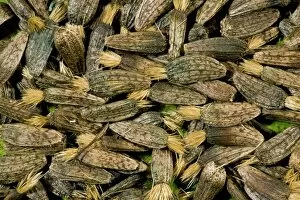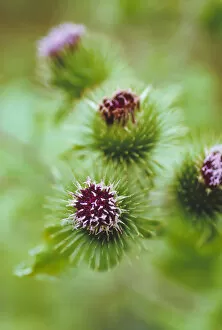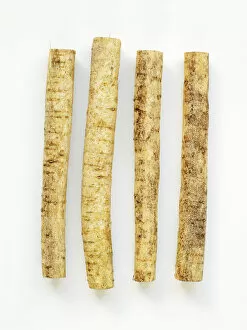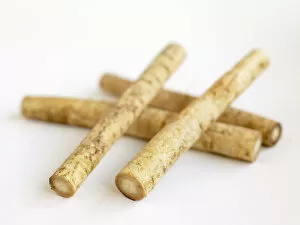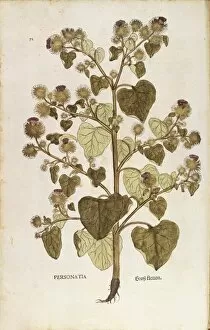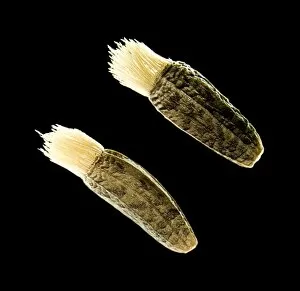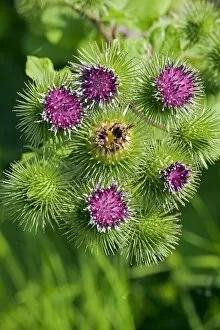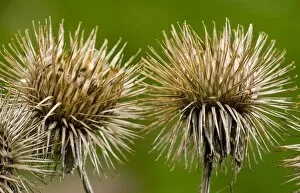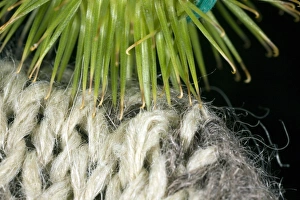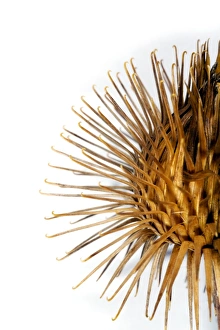Greater Burdock Collection
"Discover the Versatile and Nutritious Greater Burdock" Greater Burdock, scientifically known as Arctium lappa
All Professionally Made to Order for Quick Shipping
"Discover the Versatile and Nutritious Greater Burdock" Greater Burdock, scientifically known as Arctium lappa, is a remarkable plant with a rich history and numerous uses. This captivating herb can be found in various forms, from its seeds to its roots, each offering unique benefits. Dating back centuries, this plant has been documented by renowned botanist Leonhart Fuchs in his book "De historia stirpium. " His colored engraving from 1542 showcases the beauty of the Greater Burdock's Personatia variety. During summer, these plants come alive with vibrant flowers that add color to any garden. But it's not just their visual appeal that makes them special; they are also edible. The leaves and stems of this herb can be used in culinary creations for an added touch of flavor and nutrition. Speaking of nutrition, Greater Burdock seeds are packed with essential nutrients. A closer look under a light microscope reveals their intricate structure, highlighting nature's incredible design. The root of the Greater Burdock deserves special attention too. Its close-up image showcases its unique features and hints at the potential health benefits it holds. Traditionally used in herbal medicine for various purposes such as detoxification and promoting healthy skin, this root has stood the test of time. One cannot overlook the burrs produced by these plants either. These prickly structures have a knack for catching onto anything they encounter - even wool. While some may find them bothersome during walks through fields or forests, others appreciate their ability to spread seeds far and wide. Whether you're interested in gardening or exploring natural remedies, it offers something for everyone. From its beautiful flowers to its versatile culinary applications and medicinal properties – there is no doubt that this plant truly deserves our admiration.

